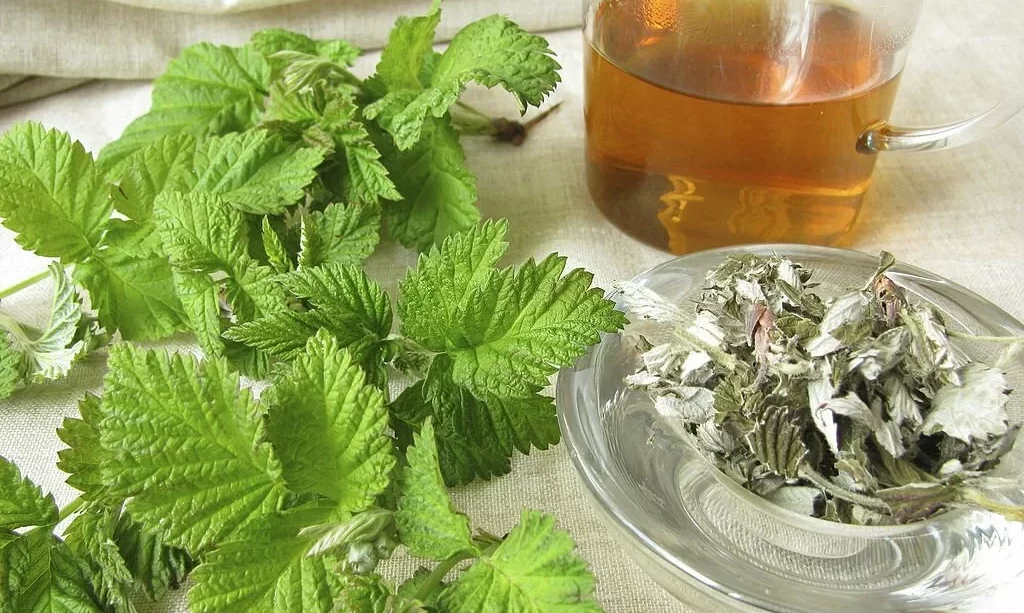Step into the world of herbal goodness with raspberry leaf tea—a flavorful concoction known for its rich nutrient content and historical significance in traditional wellness practices. Whether you’re a seasoned herbal tea enthusiast or a curious beginner, crafting your raspberry leaf tea promises a journey of both health and taste. In this guide, we’ll explore the simple yet rewarding process of harvesting and drying raspberry leaves, unlocking the full potential of this herbal gem.
Harvesting Raspberry Leaves
The journey begins with selecting the perfect leaves from the raspberry plant. Timing is key—opt for young and vibrant leaves, preferably before the plant flowers. Gently pluck the leaves, being mindful not to disturb the plant’s growth. Sustainable harvesting ensures a continued supply of leaves and promotes the health of the raspberry plant, setting the stage for a thriving tea-making adventure.
Drying the Leaves
Preserving the vitality of raspberry leaves involves a careful drying process. Choose a method that suits your preference—air-drying for a slower, natural approach, using a dehydrator for efficiency, or oven drying for those seeking a quicker turnaround. Patience is essential; allow the leaves to dry completely to achieve the desired texture and flavor. Properly dried leaves ensure a robust and flavorful tea that captures the essence of raspberry goodness. As we embark on this journey, the art of drying becomes a pivotal step toward a perfect cup of raspberry leaf tea.
Storing Dried Leaves
Once your raspberry leaves are meticulously dried, it’s time to focus on preserving their potency. Optimal storage ensures that your tea remains flavorful over time. Choose airtight containers or glass jars to shield the leaves from moisture and sunlight. Store them in a cool, dark place to maintain their herbal goodness. This step not only safeguards the quality of your raspberry leaves but also sets the stage for a consistent and delightful tea-making experience.
Brewing the Perfect Cup
The heart of the raspberry leaf tea adventure lies in brewing the perfect cup. Begin by bringing fresh water to the right temperature, typically just below boiling. For every cup of water, add a generous teaspoon of dried raspberry leaves. Allow the leaves to steep for about 5-10 minutes, depending on your desired strength. Strain the infusion, and there you have it—a nourishing cup of raspberry leaf tea. Experiment with steeping times to find the flavor profile that suits your taste buds, and revel in the simplicity of creating your herbal elixir.
Flavor Enhancements (Optional)
While raspberry leaf tea boasts its own delightful flavor, don’t hesitate to explore optional enhancements for a personalized touch. Add a drizzle of honey for natural sweetness, a splash of fresh lemon juice for a zesty kick, or experiment with complementary herbs like mint. These optional additions can elevate your tea-drinking experience without overshadowing the distinct charm of raspberry leaves. Get creative, and tailor your cup to match your mood and preferences, transforming each sip into a unique and enjoyable moment.
Health Benefits and Considerations
Delve into the array of health benefits that raspberry leaf tea offers. Emphasize its historical use in supporting women’s health, potentially easing discomfort during menstruation, and contributing to overall well-being. While celebrating the positives, address any considerations, particularly for individuals with specific health conditions or those who are pregnant. It’s crucial to highlight that, like any herbal remedy, consulting with a healthcare professional is advisable, ensuring a safe and enjoyable tea-drinking experience.
Enjoying Raspberry Leaf Tea in Daily Life
Explore the various ways to seamlessly incorporate raspberry leaf tea into daily routines. From sipping it hot in the morning to embracing its refreshing iced version in the afternoon, there are endless possibilities. Consider blending it with other herbal teas for a unique flavor profile or using it as a base for crafting innovative beverages. Share ideas on infusing creativity into your daily rituals, making raspberry leaf tea a delightful companion in your wellness journey.
Conclusion
As you sip the last drop of your freshly brewed raspberry leaf tea, reflect on the journey from harvest to cup. Crafting this herbal infusion isn’t just about making a beverage; it’s a connection to nature, a celebration of health, and a moment of self-care. The simplicity of harvesting, drying, and brewing transforms a handful of leaves into a cup of wellness. Embrace the joy of creating your own herbal elixir, and may each sip be a reminder of the vibrant journey you’ve embarked on with raspberry leaf tea. Here’s to good health and the pleasures of a well-brewed cup!



